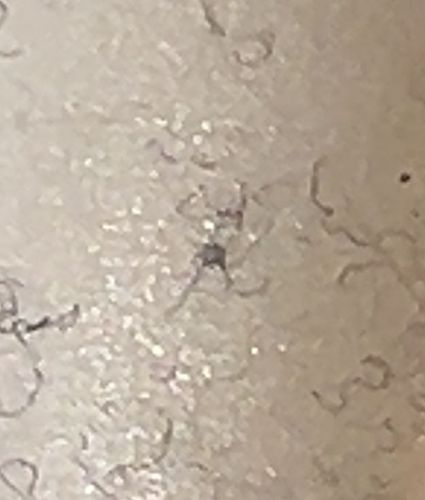Crab louse, Pubic louse
Scientific Name: Pthirus pubis
Order & Family: Phthiraptera, Phthiridae
Size: 1.1–1.8 mm (about 0.05 inches)

Natural Habitat
Coarse human body hair, primarily pubic hair, but can also be found in other coarse hair near sweat glands, such as armpit hair, eyelashes, beard, mustache, chest hair, and rarely scalp hair.
Diet & Feeding
Human blood (hematophagous)
Behavior Patterns
Crab lice are obligate human parasites, spending their entire lives on the host. They transmit through close physical contact, including sexual contact, and can survive for a short time (1-2 days) off a host. Females lay nits (eggs) attached to hair shafts.
Risks & Benefits
Potential risks include intense itching (pruritus) leading to skin irritation and secondary bacterial infections from scratching. They do not transmit diseases in the same way as head or body lice (e.g., epidemic typhus). There are no known benefits.
Identified on: 8/27/2025